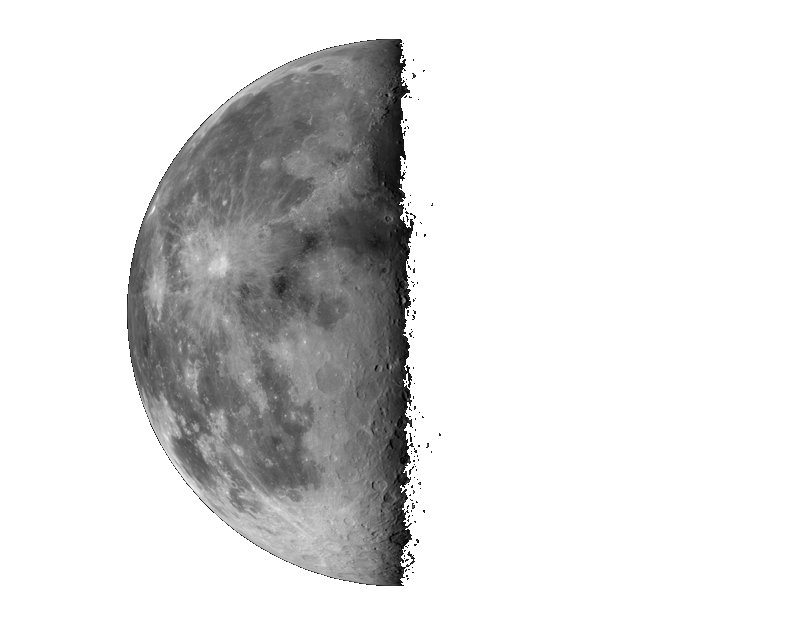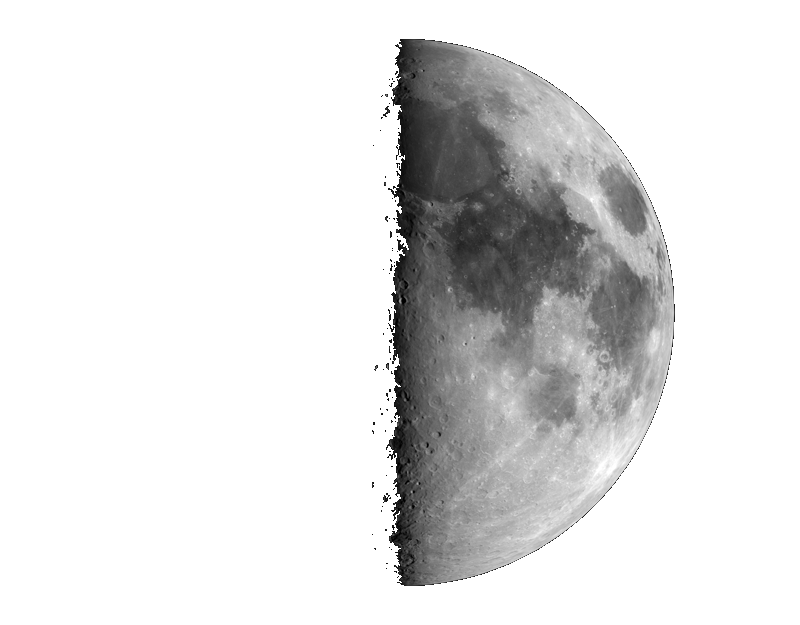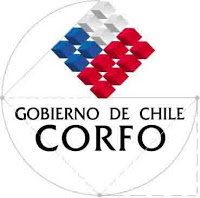Contact Us
- Address: Réservations par internet seulement
- Email: infoSPAMFILTER@spaceobs.com
- Phone: No telephone
- Cellphone: No telephone
- Website: www.spaceobs.com
Next moons
21-04-2025  | 27-04-2025  |
04-05-2025  | 12-05-2025  |
Sponsors


Published on Tuesday 20 December 2005
The NASA Spaceguard survey is a 10 years program aimed at discovering 90% of the 1km sized Near Earth Objects, eventhough we don't know exactly how much this number is. This size threshold was chosen because it is estimated to be the smallest size of object able to produce global consequences on Earth (i.e. not only around the impact zone or continent).
I have compiled this page in 2002, 2003, 2004 and this is the fourth one, 2005.
The data : in the first week of January 2006, like I had done in the past years at the same time, I uploaded 3 files from the Minor Planet Center web site, i.e. the Amor, Apollo and Aten files, kept only the useful data (i.e. removed the headers and footers of the page, juste keeping the numerical data), then merged them in a large text file, which I later used in Excel and Kaleidagraph (another data processing software available for both PC and Macintoshes).
Some important definitions :
- Apparent magnitude is a measure of the apparent brightness of a given star, and in this context asteroid. It depends of the object size, its albedo (coefficient of reflection of the light), its distance to the sun and to the Earth and the angle between the 3.
- Absolute magnitude is the magnitude that an asteroid would have if located at the distance of one astronomical unit (AU) of the sun (i.e. the distance of the Earth to the Sun, i.e. roughly speaking 150 millions km) and one AU from the Earth. This measures allow to compare asteroids between each other, whereas the apparent magnitude of a given asteroid varies with its position on its orbit versus the position of the Earth.
- In all this data, I rounded the published absolute magnitudes by taking the integer part of the magnitude (i.e. 16 for any object between 16.00 and 16.99). Therefore, in this data, and this is an important point to understand, all objects brighter than absolute magnitude 18 are published here as objects of magnitude 17. This is important in order to be able to compare with other publications made in particular by NASA.I tried to point out also when the data was by individual magnitude class (i.e. all objects between magnitude 17 and 18, noted magnitude 17) and when it was refering to cumulative magnitude (i.e. all objects brighter than magnitude 18, i.e. from the brightest, to magnitude 17.99 )
- I will not explain what Apollo, Aten and Amor mean, nor basic orbital elements signification.
Statistics of discovery :
Number of asteroids.
At the end of 2005, there were 3760 individual objects, compared to 3133 last years.
A record 627 new NEOs have been discovered this year, compared to only 533 in 2004.
These 3760 asteroids can be divided in 423 numbered asteroids (32 numbered NEOs this year), 1161 asteroids with 2 to more oppositions, and 2176 objects with less than one opposition. There are 1615 Amor asteroids, 1830 Apollo asteroids and 317 Aten asteroids.
Discoverers :
As far as the discoveries, most of them have been done by the LINEAR program, which started observing in 1998. Second comes the pioneer of all these programs, i.e. Spacewatch, with JPL's NEAT following, then Catalina then Lowell Observatory's LONEOS program. 342 discoveries were credited to all other discoverers, except a few individuals who have done a large contribution, like Carolyn and Gene Shoemakers and the many different helpers, Eleanor Helin and her helpers at the time of Palomar, and Robert Mc Naught et al at Siding Spring Observatory in the early 90s.
For 2005, the discoveries were distributed as follow:
One can see that Catalina is the largest program and by far with almost 50% of the discoveries, having discovered 149 with the Catalina Schmidt, 108 with the 60" on Mt Lemmon and 53 at Siding Spring; then LINEAR with Spacewatch, LONEOS and NEAT following. Amateur astronomers contributed 4 NEO discoveries in 2005, 5 if we count 2005KA as been discovered by R. Tucker (this object was discovered by R. Tucker, then placed on the NEOCP, then observations came from Catalina, but credit was given to Catalina).
Here is the tabular data :
| Discoverer | All | 2005 |
|---|---|---|
| Tholen | 23.000 | 7.0000 |
| Shoemaker | 37.000 | |
| Helin | 55.000 | |
| LONEOS | 257.00 | 42.000 |
| Other | 342.00 | |
| Catalina | 349.00 | 310.00 |
| NEAT | 413.00 | 38.000 |
| Spacewatch | 476.00 | 82.000 |
| LINEAR | 1808.0 | 137.00 |
| Boattini | 3.0000 | |
| CINEOS | 2.0000 | |
| Mikuz | 1.0000 | |
| Broughton | 1.0000 | |
| Maticic | 2.0000 | |
| Galad | 1.0000 | |
| UCCLE | 1.0000 | |
| Kitt Peak | 1.0000 |
Evolution of discoveries with time.
This evolution has been mainly driven by the number of active search telescopes. It is apparently also affected by the meteorological conditions (good years, bad years...). It is very difficult to establish a model for the efficiency of search telescopes. The same telescope, used in a different manner at a different time in the survey (exposing more time to get deeper for example) would not discover the same number and the same brightness class.
The randomness of early discoveries shows the fact that nobody was looking for these objects. Then came the Shoemaker and Helin times starting in the early seventies at Palomar with discoveries becoming more frequent. After 1989, while the Palomar programs were still going on, Spacewatch started to discover a few faint objects, then LINEAR and NEAT came in action and the discovery rate exploded. It will be interesting to see the same diagram in a few more years.
One can see that eventhough Spaceguard is finding more and more asteroids, it is finding less and less objects of less than 1km diameter.
Here is in detail the evolution of discoveries since the beginning of the spaceguard survey per magnitude class:
There are only 3 NEOs brighter than absolute magnitude 13 (Ganymede, Eric and Eros), all discovered before the beggining of the Spaceguard Survey.
Only one object of magnitude 15, 2005CA was discovered this year, showing that clearly we are nearing completion at these magnitudes.
While the discovery of magnitude 16 objects are decreasing, we can see that the other classes of magnitudes are roughly constant. One could argue that since each year we discover more and more NEOs, the proportion of these asteroids is going down, but still we are far from the behavior of mag15 asteroids for example. We now have roughly 760 asteroids brighter than magnitude 18, have discovered another 55 this year, so with an estimate of maybe 1100 such asteroids (brighter than 1km or Mag 18.0), we may need another 5 years at this rate. In practice, it should be more, since the number of discovered objects should go down as we are nearing completion. Then, it is expected that new telescopes coming on line soon should boost this discovery rate rapidly.
Here we see the increase of activity, and the number of discovered objects keep increasing.
Fainter than magnitude 26, the detection of fainter object is caused by their random approach to the Earth, with the small telescopes currently used, we are not detecting these objects very far from Earth.
This concludes this brief update of last year's web page.
Keep up the good work Spaceguarders !
You may also want to take a look at another page written a week ago about the difference between planets and asteroids.
For any comments, send me an email
21-04-2025  | 27-04-2025  |
04-05-2025  | 12-05-2025  |

